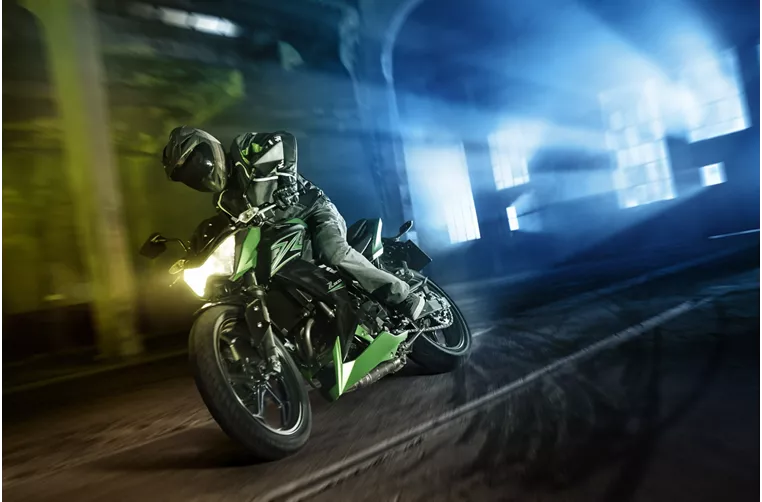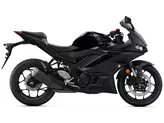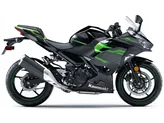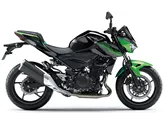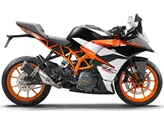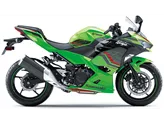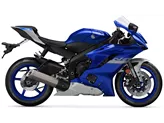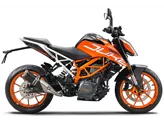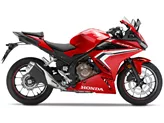Kawasaki Ninja 400 2018 vs. Kawasaki Z 300 2016
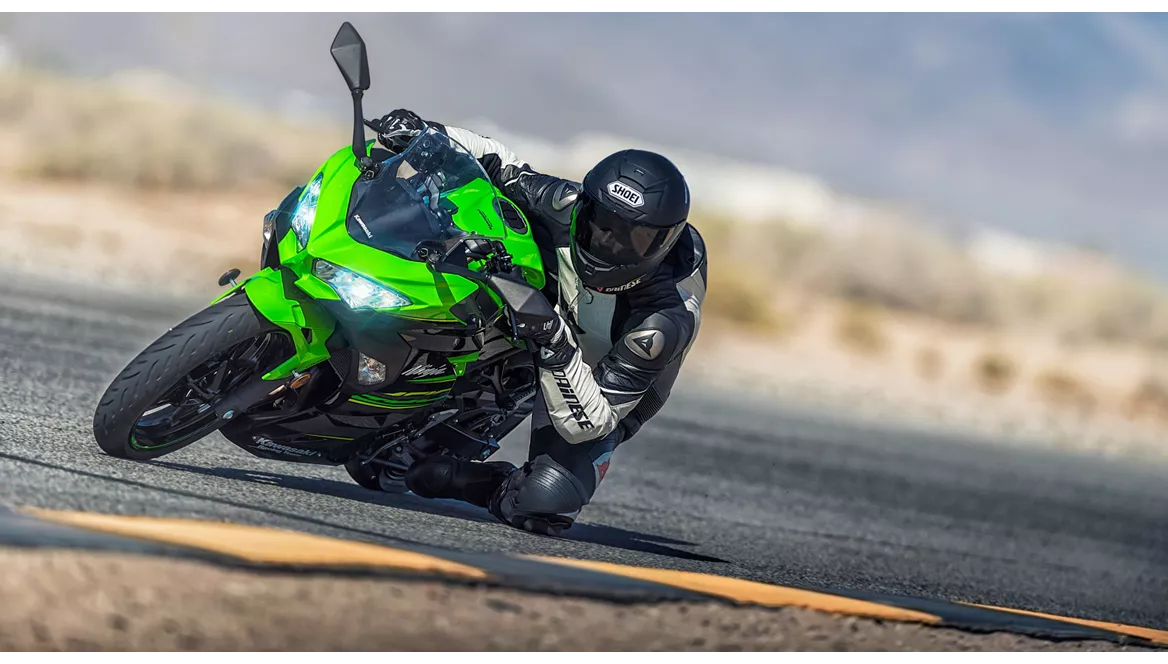
Kawasaki Ninja 400 2018

Kawasaki Z 300 2016
Přehled - Kawasaki Ninja 400 2018 vs Kawasaki Z 300 2016
The Kawasaki Ninja 400 2018 and the Kawasaki Z 300 2016 are both popular models from Kawasaki, but they have some key differences in terms of technical specifications and strengths.
In terms of engine and drive train, both models have an in-line engine with a liquid cooling system. However, the Ninja 400 has a larger displacement of 399cc compared to the Z 300's 296cc. This results in the Ninja 400 having a higher engine power of 45 HP compared to the Z 300's 39 HP. The Ninja 400 also has a higher torque of 38 Nm compared to the Z 300's 27 Nm. Additionally, the Ninja 400 has a higher compression ratio of 11.5 compared to the Z 300's 10.6. Both models have 2 cylinders and 4 valves per cylinder.
In terms of chassis, both models have a steel frame. The Ninja 400 is known for its chassis suitable for sporty use, which allows for effortless handling. On the other hand, the Z 300 has favorable chassis components that contribute to its stability.

Kawasaki Ninja 400 2018
When it comes to brakes, both models have double piston front brakes with petal technology. This ensures effective braking performance for both models.
In terms of dimensions and weights, the Ninja 400 has a front tire width of 110mm and a rear tire width of 150mm, while the Z 300 has a front tire width of 110mm and a rear tire width of 140mm. Both models have a 17-inch front and rear tire diameter. The Ninja 400 has a slightly shorter wheelbase of 1370mm compared to the Z 300's 1405mm. Both models have a seat height of 785mm. The Ninja 400 has a kerb weight (with ABS) of 168kg, while the Z 300 has a kerb weight (with ABS) of 170kg. The Z 300 also has a larger fuel tank capacity of 17 liters compared to the Ninja 400's 14 liters.
Now let's move on to the strengths and weaknesses of each model. The Ninja 400 has a chassis suitable for sporty use, making it ideal for riders who enjoy a more aggressive riding style. Its low weight and effortless handling also contribute to its sporty performance. The engine of the Ninja 400 has a smooth response, providing a satisfying riding experience. The relaxed and confidence-enhancing seating position of the Ninja 400 is also worth mentioning. Additionally, the Ninja 400 features LED headlights, which enhance visibility during night rides.
On the other hand, the Z 300 has an adult look and a high-quality finish, making it an attractive option for riders who value aesthetics. Its high-revving engine delivers a thrilling riding experience. The comfortable seating position of the Z 300 ensures a pleasant ride, while its stable brake provides reliable stopping power. The Z 300 also has an easy-to-read and complete cockpit, allowing riders to easily monitor their speed and other important information. Furthermore, the Z 300 boasts a low fuel consumption, making it a cost-effective choice for riders.
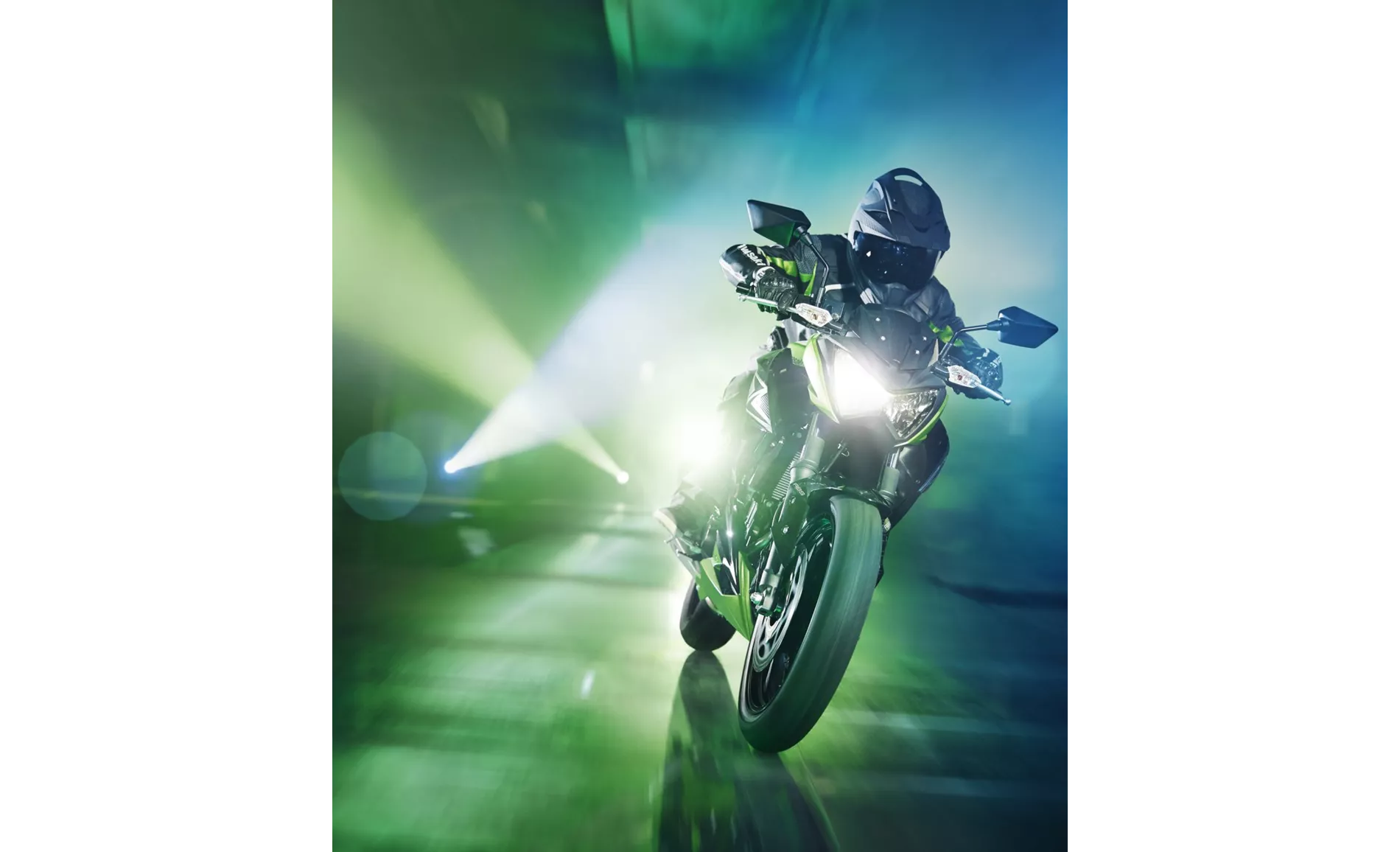
Kawasaki Z 300 2016
However, both models have their weaknesses. The Ninja 400 has non-adjustable brake and clutch levers, which may not be suitable for riders who prefer customized controls. Additionally, riders over 180cm tall may experience an enormously loud wind noise with the original windshield of the Ninja 400.
On the other hand, the Z 300 has a very unobtrusive sound, which may not appeal to riders who prefer a more aggressive exhaust note. The Z 300's engine only starts when idling, which may be inconvenient for riders who prefer a more responsive engine.
In conclusion, the Kawasaki Ninja 400 2018 and the Kawasaki Z 300 2016 have their own unique strengths and weaknesses. The Ninja 400 offers a sporty performance with its chassis suitable for sporty use and low weight, while the Z 300 appeals to riders with its adult look and high-quality finish. Ultimately, the choice between these two models depends on the rider's preferences and priorities.
Technické údaje Kawasaki Ninja 400 2018 ve srovnání s Kawasaki Z 300 2016
Výhody a nevýhody ve srovnání
Výhody a nevýhody ve srovnání
Kawasaki Ninja 400 2018

Celkově lze model Ninja 400 označit za dokonalý vstup do světa supersportů. Větší výkon u modelu A2 neseženete, vzhled napovídá o mnohem větším výkonu, vozidlo je hravé na ovládání, je ve všech ohledech shovívavé a přesto umožňuje opravdu sportovní styl jízdy. Ti, kteří měli oprávněné obavy z nedostatku výkonu u různých strojů s objemem 250 ccm, se nyní již nemají na co vymlouvat. Ninja 400, je dobře, že tě máme!
Kawasaki Z 300 2016
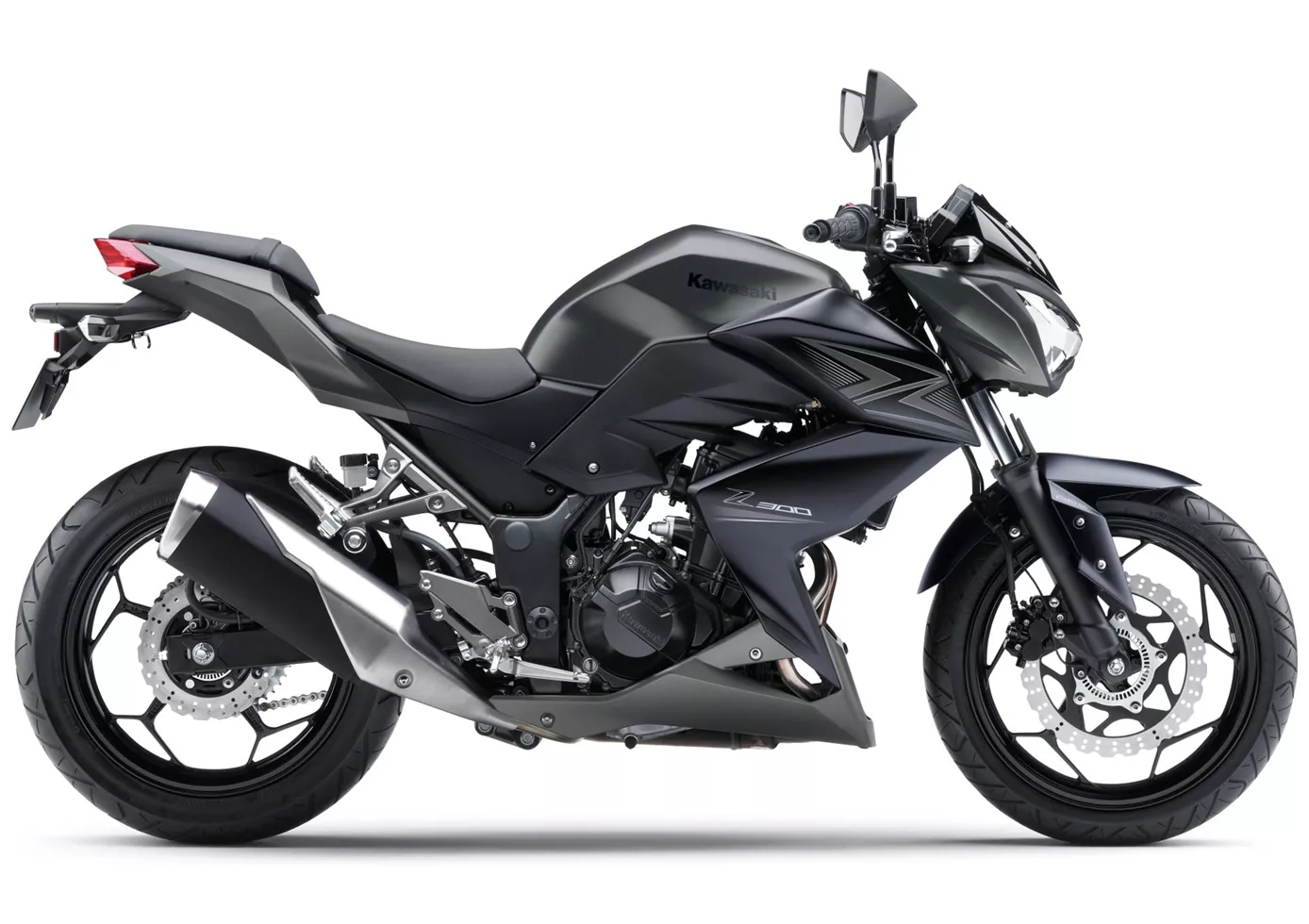
Díky skvělému designu Kawasaki Z300, který je velmi podobný designu její starší sestry Z800, vypadá motocykl velmi dospěle. Stabilní brzdový systém a přehledný kokpit s analogovým otáčkoměrem a všemi potřebnými prvky do této image velmi dobře zapadají. Díky hmotnosti 170 kg připravené k jízdě je motocykl mimořádně snadno ovladatelný a hravý. Motor odhaluje svůj potenciál až ve vyšším pásmu otáček, ale ochotně se vytáčí a vyvolává chuť ke sportovní jízdě. Pouze komfortně orientovaný podvozek nedokáže zcela vyhovět radikálně sportovním požadavkům - to je však u základního motocyklu zcela legitimní a pochopitelné.
Srovnání cen průměrná tržní cena Kawasaki Ninja 400 vs Kawasaki Z 300
There are a few key differences between a Kawasaki Ninja 400 2018 and a Kawasaki Z 300 2016. There are the same number of bikes of both models available on the 1000PS.de marketplace, specifically 10. It takes less time to sell a Kawasaki Z 300 with 88 days compared to 105 days for the Kawasaki Ninja 400. Since model year 2018 1000PS.de editors have written 9 reviews for the Kawasaki Ninja 400 and 5 reviews for the Kawasaki Z 300 since model year 2015. The first review for the Kawasaki Ninja 400 was published on 11/22/2017 and now has more than 44,300 views. This compares to more than 59,800 views for the first review on Kawasaki Z 300 published on 11/4/2014.

